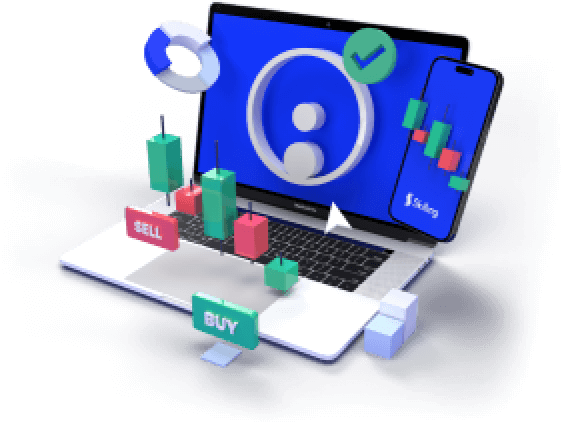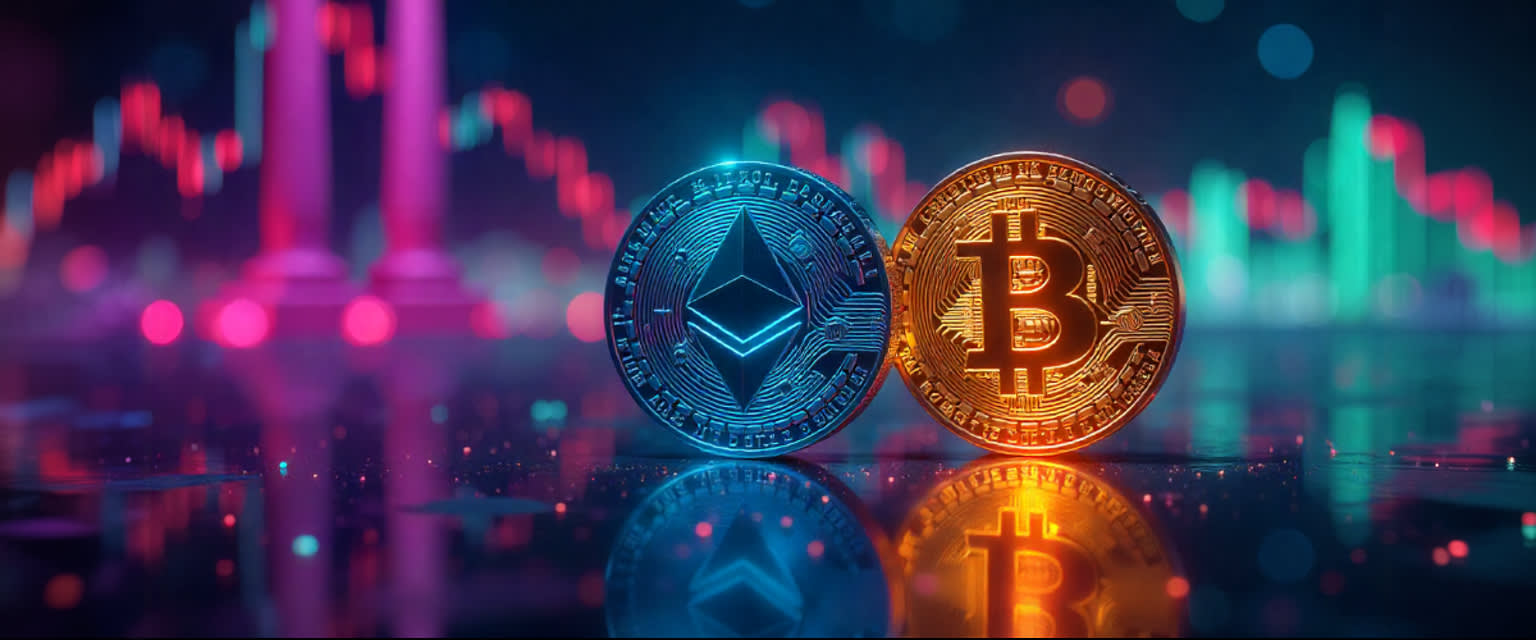Geopolitical tensions, energy price volatility, inflation, and trade disputes are dominating headlines in 2025 — yet markets continue to climb. For traders watching oil, equities, and currencies, the question is pressing: Why is the economy so stable when the world feels so unstable?
From the war in Ukraine and tensions in Taiwan to record-high debt and stubborn inflation, many expected a severe downturn. Instead, unemployment remains low, earnings are rising, and markets in the US, Europe, and Asia are near all-time highs. The resilience of the global economy seems to be confusing analysts but encouraging investors.

A series of simultaneous crises without a Crash…
Today’s numerous crises include overlapping shocks: pandemics, wars, energy crunches, inflation, and central bank tightening. However, despite these threats, GDP growth in many countries continues. According to IMF projections, only 5% of global economies are expected to enter recession in 2025 — the lowest since 2007.
Even events like Trump’s “Liberation Day” tariffs or missile strikes in the Middle East caused only temporary market dips. For some traders, this has reinforced the strategy of “buying the dip.”
Supply Chains and Energy: Stronger Than Expected
During the COVID-19 pandemic, many predicted global supply chain collapse. Instead, logistics firms upgraded their capabilities, rerouted goods faster, and ramped up production capacity. For example, chipmakers shipped record volumes of semiconductors in 2021–2022, absorbing demand surges despite geopolitical risk.
On the energy side, US shale oil and global LNG exports have significantly reduced dependency on Russia and OPEC. Today, oil intensity — the amount of oil needed per unit of GDP — is down 60% since the 1970s. That’s one reason crude prices (Brent ≈ $72, WTI ≈ $69) have remained relatively stable despite global tensions.
Fiscal and Monetary Safety Nets
One key feature of the modern economy is an aggressive policy response. Governments and central banks now act rapidly to counter risks. From the 2020 pandemic stimulus to the 2022 energy subsidies and even 2023’s banking support packages, state intervention has become the norm.
Rich-country governments are running average budget deficits above 4% of GDP, far exceeding historical averages. That means more direct support to households and businesses, and less volatility in consumer demand, even during crises.
Central banks, too, have pivoted to flexible inflation targeting. While interest rates rose in 2023–2024, the tightening cycle has slowed. Markets have responded by stabilising risk premiums and boosting asset prices.
The Psychology of Resilience
There’s a growing disconnect between fear in the headlines and calm in the markets. Indicators like the VIX index are below historical averages. Equity markets are rallying. Corporate earnings in Q1 2025 rose 7% year-on-year globally.
Even companies exposed to tariffs and geopolitical risk — such as exporters, manufacturers, and energy firms — have not consistently experienced severe underperformance. In fact, many of them, especially in Norway and Sweden, have outpaced the broader market.
As in 1940 London, when stocks rallied despite war, investors may be betting that governments and central banks will continue to protect them.
Capitalise on volatility in index markets
Take a position on moving index prices. Never miss an opportunity.
71% of retail CFD accounts lose money.

What Traders Should Watch
Despite optimism, traders should monitor two key risks:
Debt servicing costs: With interest rates higher, governments like the US now spend over 3% of GDP on interest payments — more than defence. Eventually, fiscal discipline may be forced upon developed economies, potentially ending the era of stimulus-on-demand.
Taiwan tensions: A military conflict could severely disrupt semiconductor supply chains, affecting everything from electronics to auto production.
These risks mean market resilience is not guaranteed. But so far, modern capitalism appears shock-absorbent — a system built to endure rather than collapse.
Final Thoughts
For traders, 2025 is a lesson in understanding how markets function under pressure. Policy backstops, energy independence, and structural improvements in logistics have created what some call “teflon capitalism” — a system that resists damage even under extreme conditions.
It doesn’t mean risk is gone. But it does suggest that, in today’s markets, resilience is a trend worth watching.











